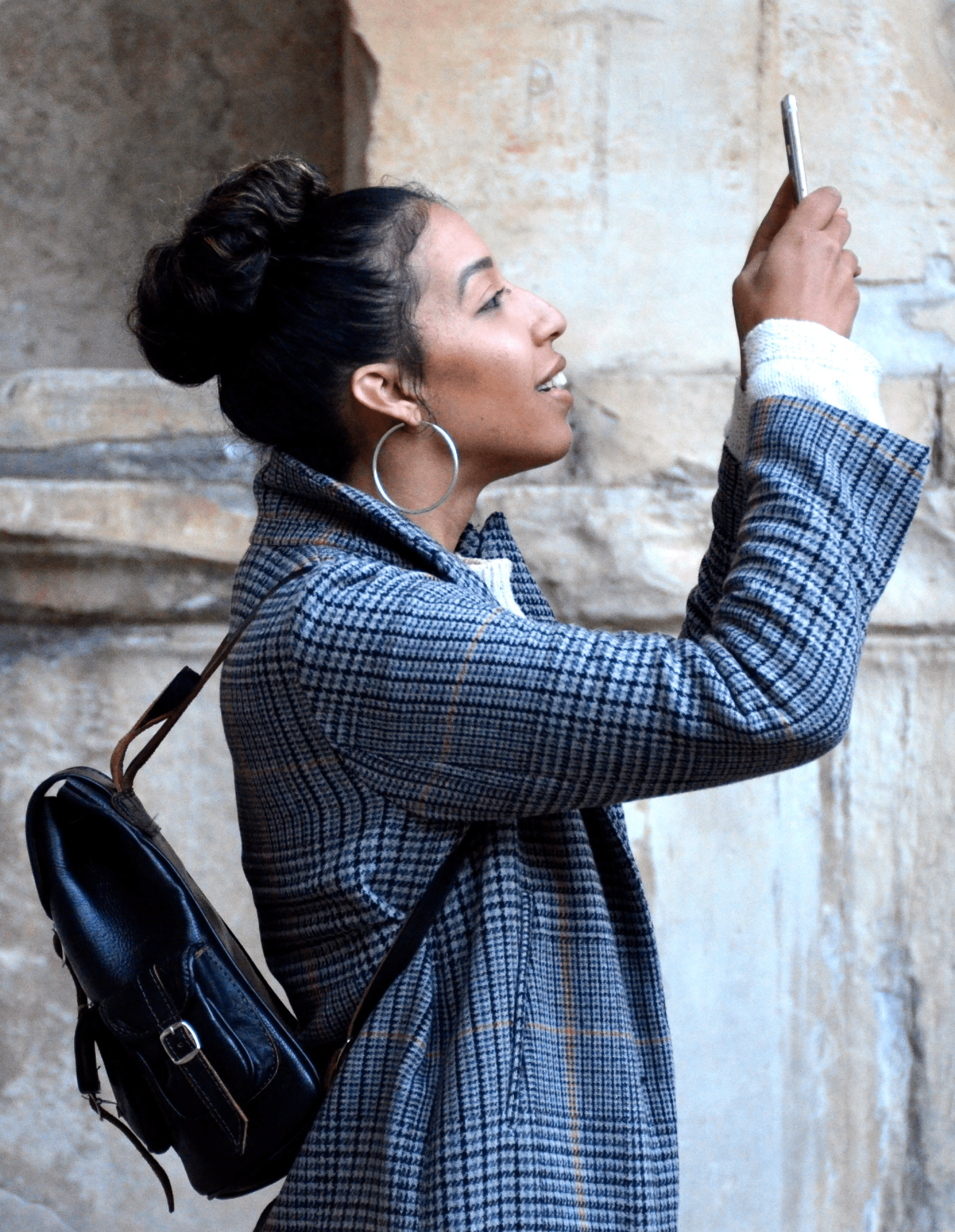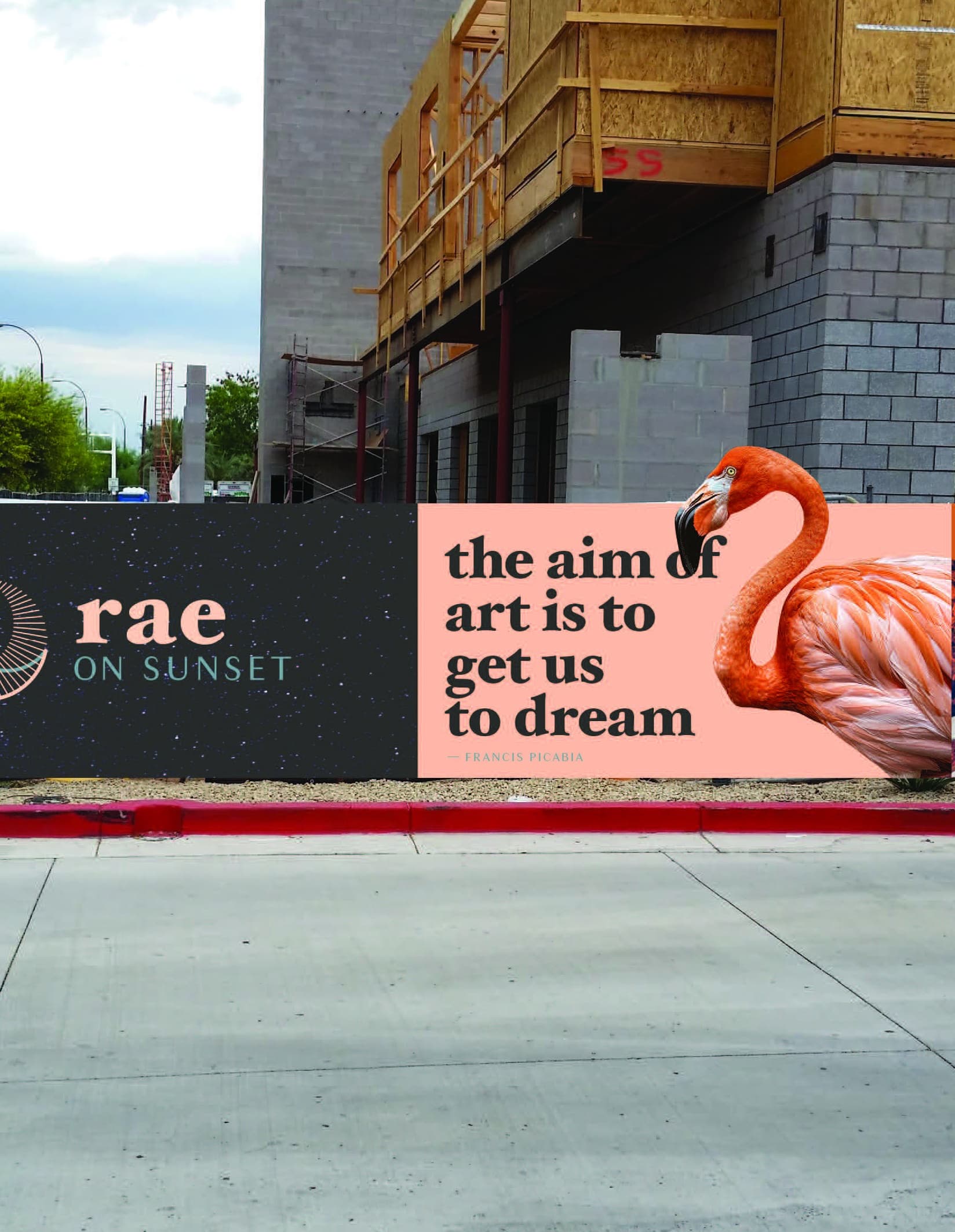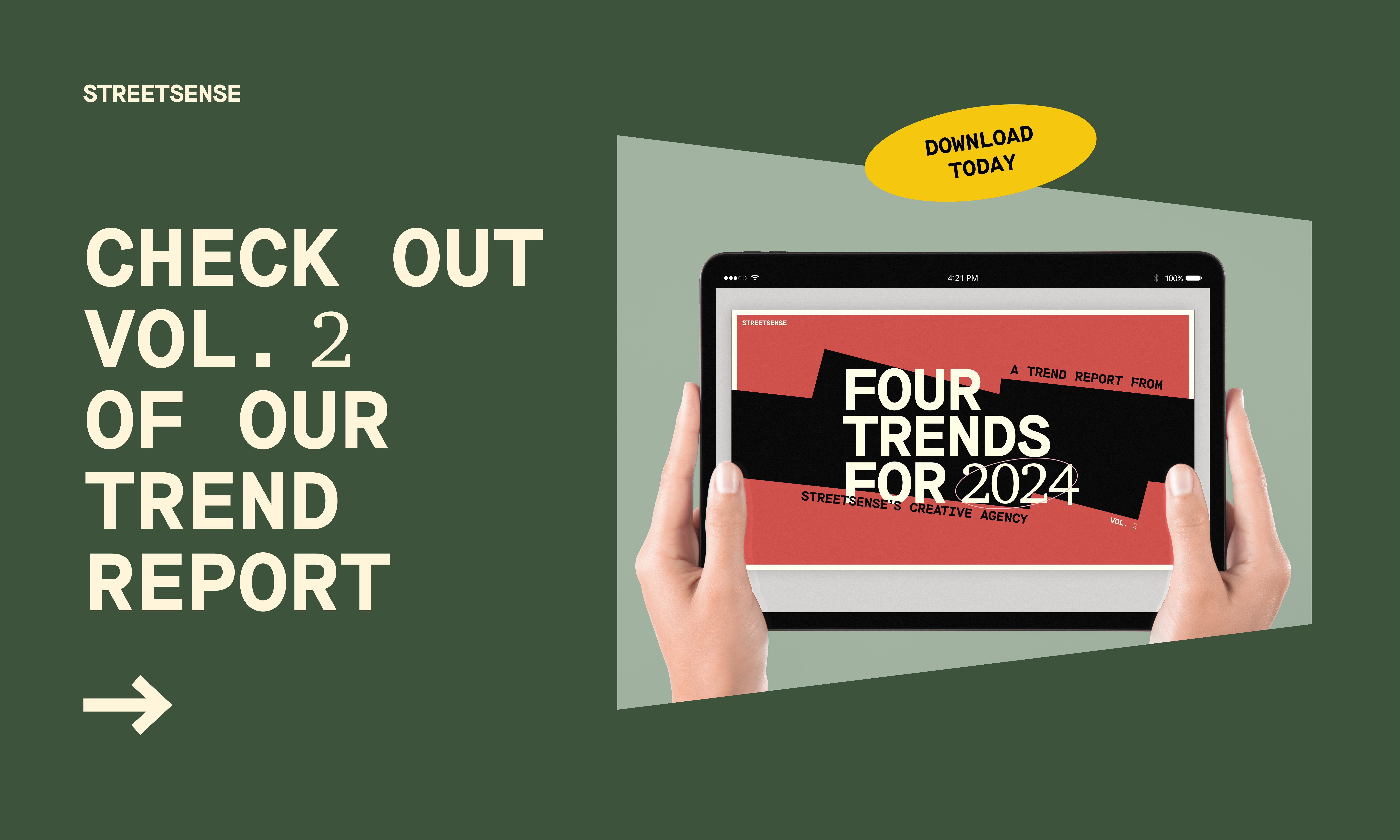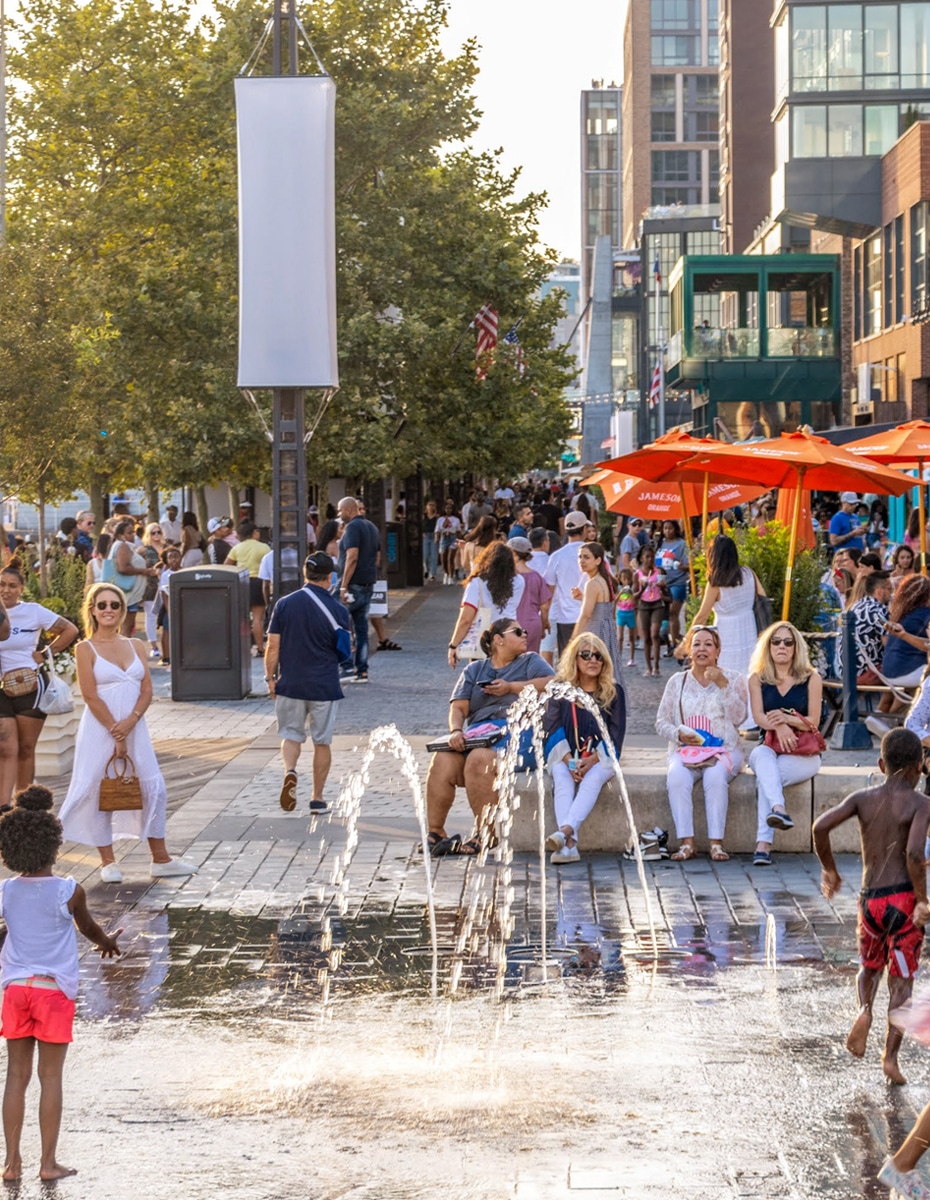Some might consider “town & gown” and campus-proximate retail movement yesterday’s news, but for institutions of higher learning, the issue remains as important and challenging as ever. While the end of the pandemic has signaled a restoration of health to many universities and colleges, the truth is that they are far from being out of the woods. In the past three years, almost 9% of the nation’s institutions of higher education have permanently closed, according to the National Student Clearinghouse Research Center (NSCRC), with pundits estimating another 15% to 20% are at risk of financial collapse.
Fortunately, the performance of financial markets over the pandemic catapulted many endowments driven by venture capital, bolstering rainy day funds for the time being. Like so many trends, the pandemic accelerated a decline in revenue, fueled by dwindling enrollment and increases in operating costs and capital expenditures. Enrollment is down 7% since 2020 according to the NSCRC, a trend that was underway well before the pandemic. As the millennial generation, history’s most populous generation, reaches the end of its college years, the incoming generation is smaller. This, combined with rising tuition costs, a more competitive international academic landscape, a slow but growing embrace of alternative forms of education and three semesters of pandemic-related shutdowns are impacting enrollment and revenue. At the same time, universities experienced a 50-year boom in housing expansion and improvements, most recently to accommodate a generation now looking fondly in the rearview mirror at its college years. Today universities (particularly liberal arts schools in small towns, with small endowments) have redundant dining halls, fitness and housing facilities, mothballed while they attempt to figure out how get financials back into positive territory and make use of or divest from shuttered assets. These problems will not fade away on their own. Now, more than ever, universities are competing with one another for a decreasing pool of prospective students.
Amenities such as recreation, dining and social spaces remain important differentiators, but these investments yield only an increase in curb appeal for prospective students. Mixed-use investments on the other hand yield direct returns on investment, a trend that took off in the ’90s as universities like the University of Pennsylvania sought to improve West Philadelphia and be more competitive on quality of life with Ivy League competitors Harvard and Princeton, who each had thriving communities anchored by strong retail environments. Cambridge (Harvard) and Palmer Square (Princeton) also happened to be places that were equally appealing to both students and locals, which increased the financial reward for retail tenants and helped position these jurisdictions as retail destinations within the regional marketplace. Traditional amenities may enhance curb appeal for an institution, but mixed-use real estate investments have direct returns on investment.
While retail may appear to be an attractive asset, it has become the most challenging of asset classes, thanks to decades of overbuilding of retail and continued slowing of retailer expansion (both pre-pandemic trends). It is, however, no less important, and powerful as an amenity and differentiator. Aspirations are important, but so are acknowledgments of reality and risk and the employment of strategy. This was especially important on a recent Streetsense engagement by Greystar at the University of Maryland, where Streetsense was tasked with planning/placemaking, storefront design, branding and a retail merchandising and execution strategy for Union on Knox. College Park always struggled to develop a meaningful street environment, which was due to poor planning and fragmented ownership along Baltimore Avenue. Greystar assembled a series of parcels where both sides of Knox could be controlled and take advantage of a meaningful adjacency to one of the university’s most important public spaces.
BACK TO LATEST







